The Great Grapevine Road Fight, Part III
Tarrant County Forges Ahead The initial cost of putting in the new road from Anderson’s Corner to Grapevine was $70,000. Commissioner Wall had saved $60,000 out of the Tarrant County road and bridge fund, and the State Highway Commission found it so unusual for so much of this money to be saved that it decided to match the cost dollar for dollar. In February 1927, Tarrant County commissioners decided that instead of waiting until an audit of the State Highway Department made state funds available the following autumn, they would select the right-of-way for the Grapevine stretch of the road. It would be the first link in the improved road to be graded, drained, and graveled. Doing so would allow the roadbed to settle and be traveled for at least a year before the hard surface was laid using state and federal funds. Grading would start in May 1927. On...




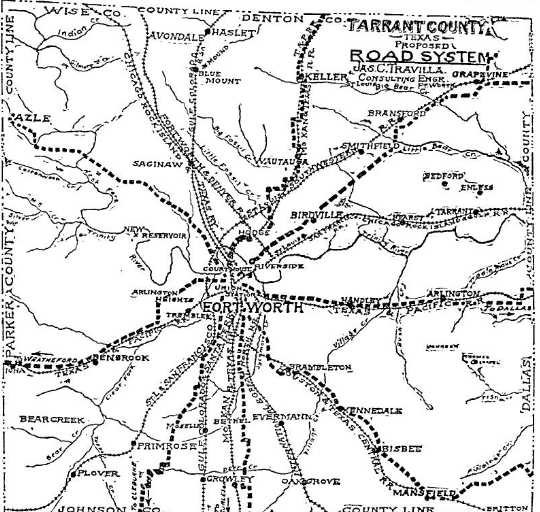

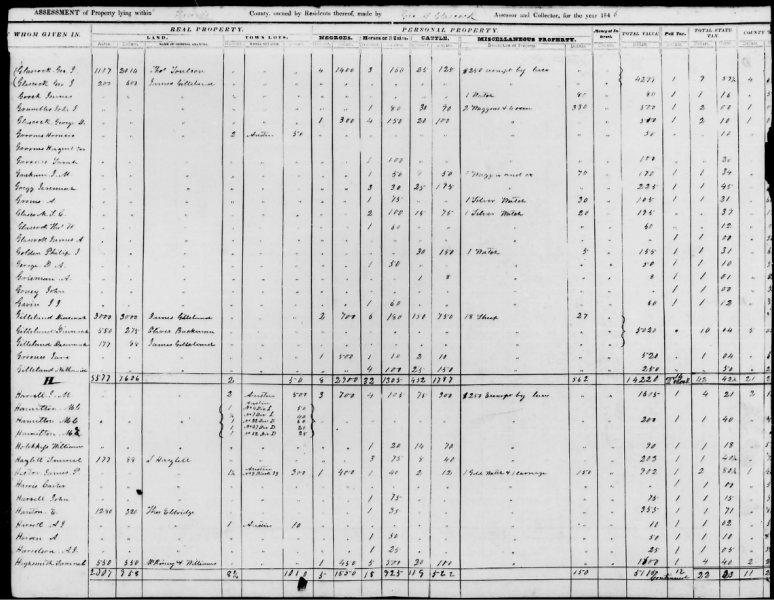

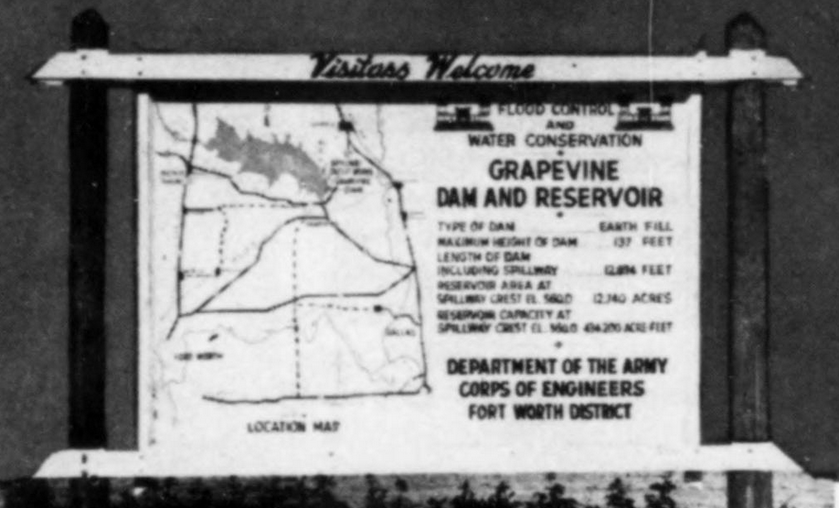

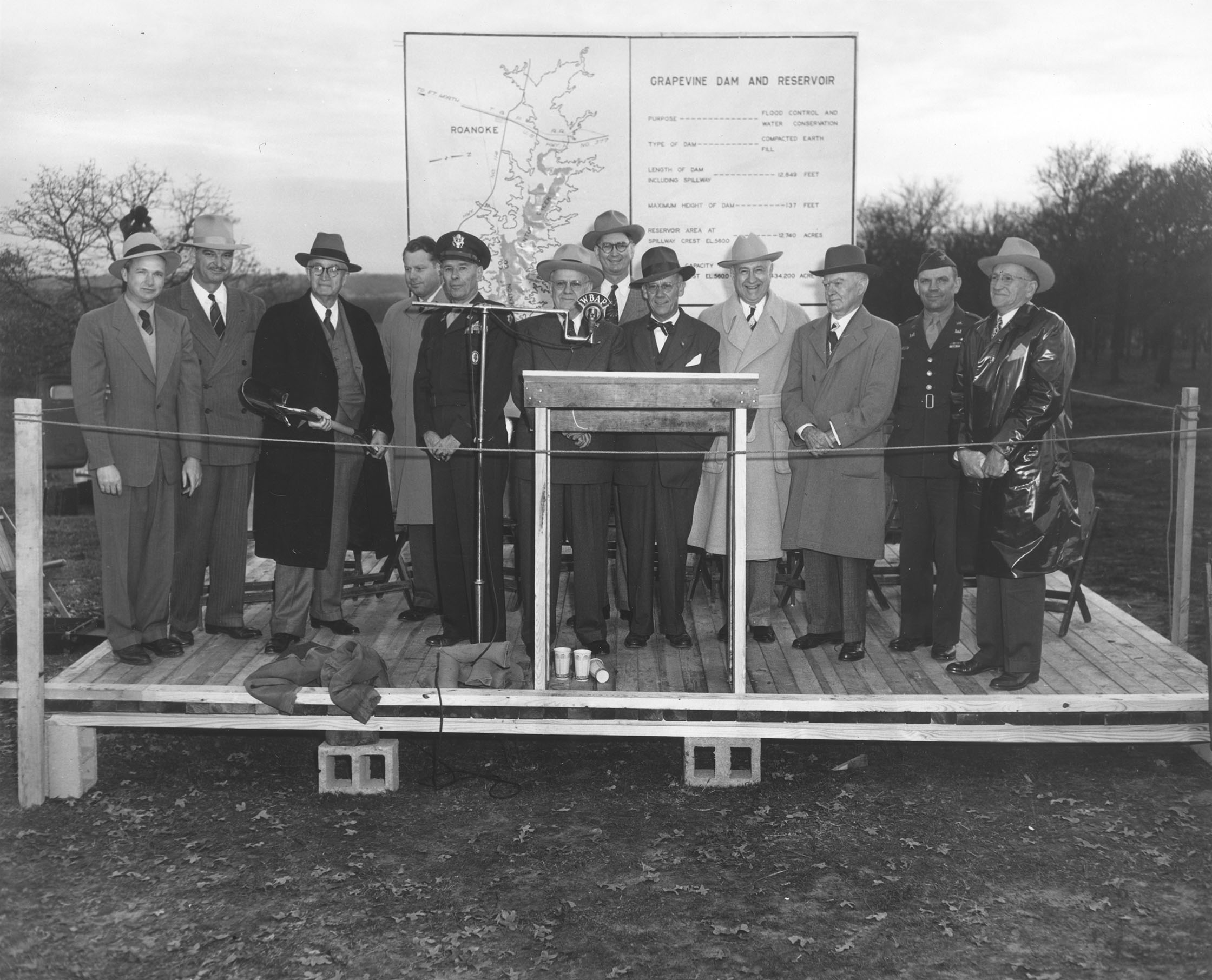
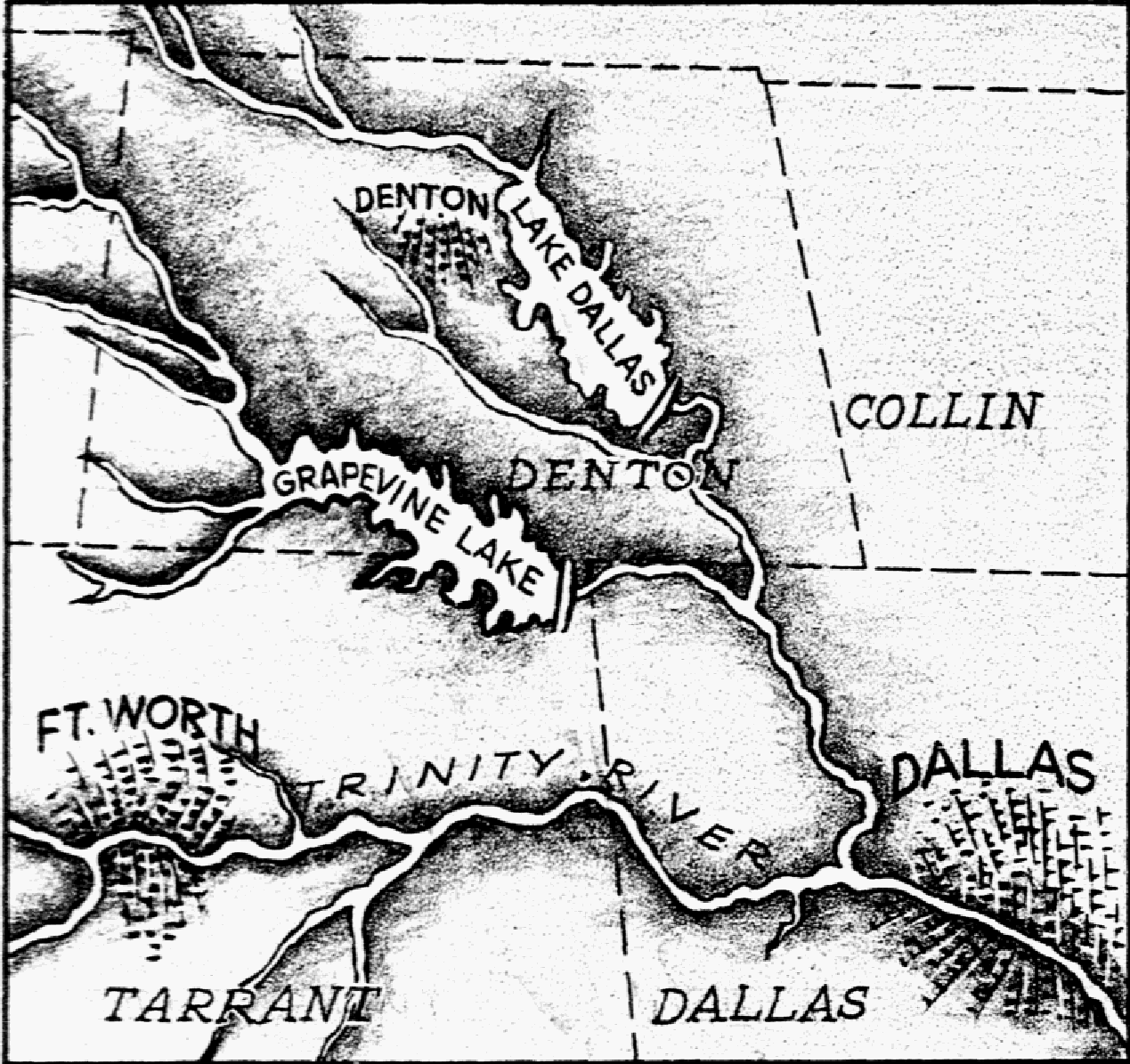
Recent Comments